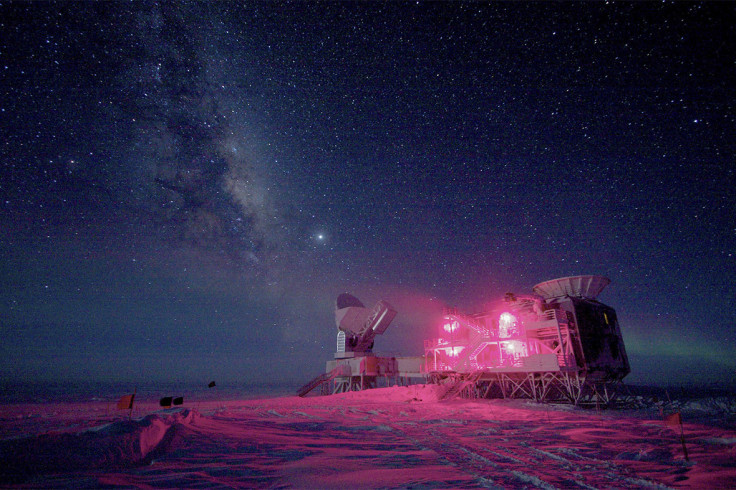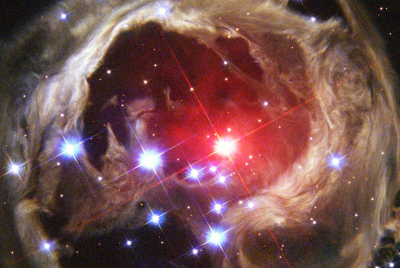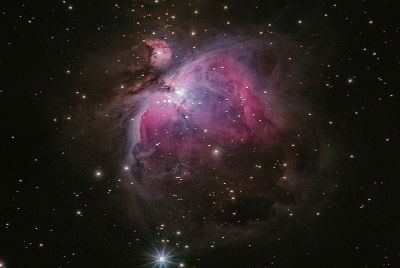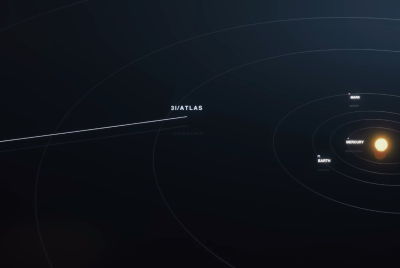Anthropic Principle of universe supported by simulated worlds

Computer simulations have provided more evidence supporting the Anthropic Principle, which states that fundamental physics constants we have established underlie the universe's ability to support life.
The Anthropic Principle was first proposed by Brandon Carter in 1973 while he was a post-doctoral researcher in astrophysics at the University of Cambridge. The name, from Greek, translates as human principle –a theory that crosses physics with philosophy and helps explain the huge number of coincidences needed for life to exist.
Our observations of the physical universe are all compatible with the conscious life that observes it – for example, if the rate of expansion after the Big Bang had been smaller by one part in a hundred thousand million million, it would have recollapsed, Stephen Hawking once said.
However, by chance it did not. The Anthropic Principle explains why the fundamental constants of physics all fall in line with the extremely narrow range needed for life to thrive.
It has been widely debated and has given rise to the idea of selection bias – a universe that was less compatible would not be seen by its observers. It also gives rise to the idea of the multiverse, in that there are lots of universes to select from where selection bias could take place.
German scholar Ulf-G Meißner, chair in theoretical nuclear physics at the Helmholtz Institute, University of Bon, has now published a study in Science Bulletin adding to a series of discoveries supporting the Anthropic Principle.
Explaining his work, he said: "The Universe we live in is characterised by certain parameters that take specific values that appear to be remarkably fine-tuned to make life, including on Earth, possible.

"For example, the age of the Universe must be large enough to allow for the formation of galaxies, stars and planets, and for second- and third-generation stars that incorporated the carbon and oxygen propagated by earlier exploding stars.
"On more microscopic scales, certain fundamental parameters of the Standard Model of light quark masses or the electromagnetic fine structure constant must take values that allow for the formation of neutrons, protons and atomic nuclei."
In the study, Meißner uses computer models to simulate new worlds where the fundamental parameters underlying nuclear physics take different values from that seen in nature.
He used intricate computer simulations to alter the value of light quark masses from those found in nature, and looked at the Big Bang's generation of the nuclei of the first two elements in the Period Table.
Findings set extremely "tight limits" on the variations of the light quark masses: "Such extreme fine-tuning supports the anthropic view of our Universe," he said.
"Clearly, one can think of many universes, the multiverse, in which various fundamental parameters take different values leading to environments very different from ours."
Hawking suggests that even small alterations to the constants of fundamental physics would give rise to universes that – "although they might be very beautiful" – would contain no one to view them.
"In that sense," Meißner said, "our universe has a preferred status, and this is the basis of the so-called Anthropic Principle."
© Copyright IBTimes 2025. All rights reserved.






















